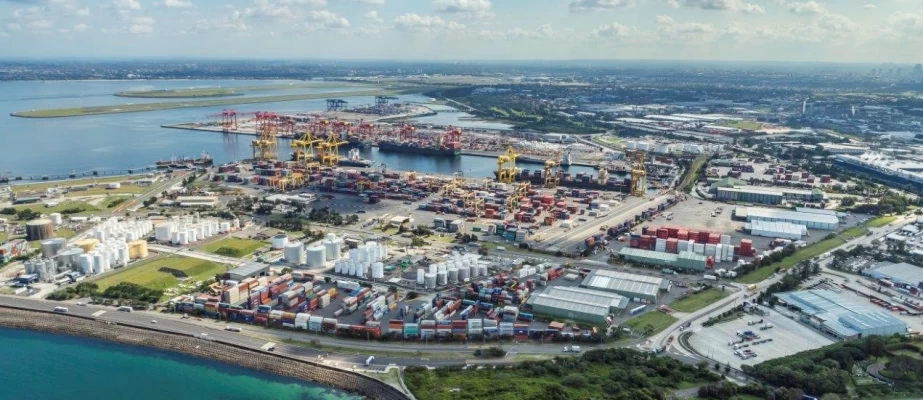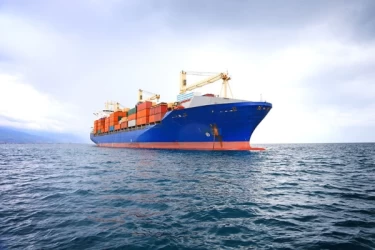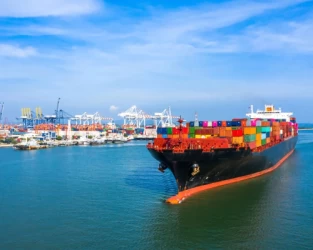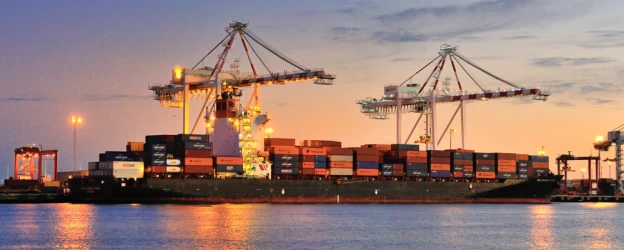Sea Freight in the port of Sydney
Sea freight is a cornerstone of global trade, enabling the movement of large volumes of goods across vast distances. Sydney Port, one of Australia’s major maritime gateways, plays a crucial role in facilitating this trade. This article delves into the intricacies of sea freight and the significance of Sydney Port in the global shipping industry.
Overview of Sea Freight
Sea freight, also known as ocean freight, involves the transportation of goods by sea using cargo ships. It is the most cost-effective method for shipping large quantities of goods internationally. Sea freight can be categorized into two main types:
- Full Container Load (FCL): This involves shipping a full container of goods, which is ideal for large shipments.
- Less than Container Load (LCL): This involves sharing container space with other shipments, suitable for smaller consignments.
Sea freight is preferred for its ability to handle large volumes, cost efficiency, and the capability to transport a wide variety of goods, including bulk commodities, machinery, vehicles, and consumer goods.
Sydney Port: A Key Maritime Hub
Sydney Port, located in New South Wales, Australia, is a vital hub for sea freight. It comprises several key facilities, including:
- Port Botany: This is the primary container port in Sydney, handling the majority of the city’s containerized cargo. It is equipped with state-of-the-art facilities and has a significant capacity for both FCL and LCL shipments.
- Sydney Harbour: Known for its iconic landmarks, Sydney Harbour also plays a role in maritime trade, particularly for cruise ships and smaller cargo vessels.
- White Bay and Glebe Island: These facilities handle bulk and breakbulk cargo, including construction materials and agricultural products.
Importance of Sydney Port in Global Trade
Sydney Port’s strategic location and advanced infrastructure make it a critical node in global trade networks. Here are some key aspects of its importance:
- Trade Volume: Sydney Port handles a substantial volume of Australia’s imports and exports. It connects Australia with major trading partners, including China, the United States, Japan, and Southeast Asian countries.
- Economic Impact: The port significantly contributes to the local and national economy by facilitating trade, creating jobs, and supporting industries such as manufacturing, agriculture, and retail.
- Efficiency and Connectivity: Sydney Port is known for its efficient operations and connectivity to major shipping routes. It offers reliable and timely services, ensuring the smooth flow of goods.
Challenges and Future Prospects
Despite its strengths, Sydney Port faces several challenges, including:
- Congestion: Like many major ports, Sydney Port can experience congestion, particularly during peak seasons. This can lead to delays and increased costs for shippers.
- Environmental Concerns: The port must balance its operations with environmental sustainability. Efforts are being made to reduce emissions and minimize the environmental impact of port activities.
Looking ahead, Sydney Port is poised for growth and development. Investments in infrastructure, technology, and sustainability initiatives are expected to enhance its capacity and efficiency, ensuring it remains a key player in global sea freight.
Conclusion
Sea freight is an essential component of international trade, and Sydney Port plays a pivotal role in facilitating this trade. With its advanced facilities, strategic location, and commitment to efficiency, Sydney Port is well-positioned to meet the demands of global commerce. As the port continues to evolve, it will undoubtedly remain a cornerstone of Australia’s maritime industry.
I hope this article provides a comprehensive overview of sea freight and the significance of Sydney Port. If you have any specific questions or need further details, feel free to ask!











